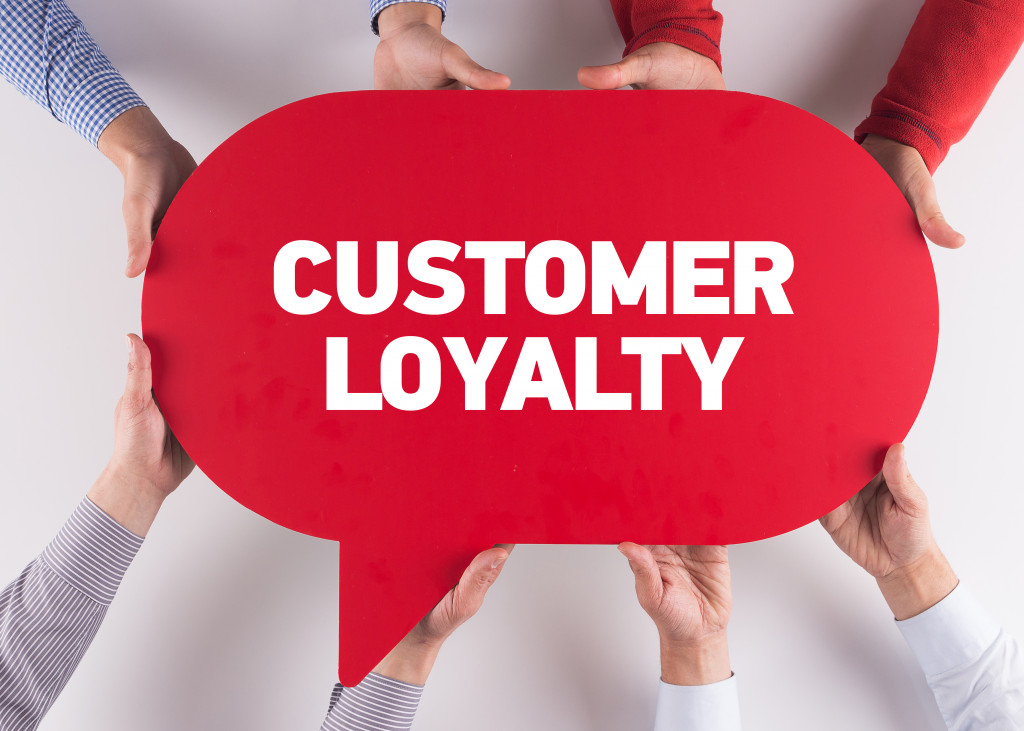Customer trust and loyalty are two of the most important aspects of any business. Customers are more likely to return and do business with a company they trust, and it can be challenging to build that trust without making some mistakes along the way. So, what are customer trust and loyalty, and why is it so important?
Customer trust is the faith that customers have in a company to provide a good or service that meets their needs. This will not be easy to build, as customers need to feel confident that they will receive what they expect when they expect it.
On the other hand, loyalty is a customer’s willingness to continue doing business with a company despite negative experiences. It’s important to note that customer loyalty is not the same as customer satisfaction. A satisfied customer may not be loyal, while a loyal customer may not always be happy.
There are many ways to build customer trust and loyalty, but there are five key strategies that every business should focus on:
Strategy #1 Show Transparency
Customers need to feel like they can trust you, and one of the best ways to build that trust is by being transparent. This means being honest about your products and services, open about your prices, and clear about your policies.
It can be tempting to hide negative information from your customers, but this will only backfire in the long run. If something goes wrong, own up to it and make it right. Your customers will appreciate your honesty and be more likely to trust you in the future.
Strategy #2 Prioritize Responsiveness
Since instant gratification has become the norm in the digital age, customers expect companies to be responsive to their needs. This means being available when they need you, whether via phone, email, or social media. It also means responding quickly to any questions or concerns they may have.
Your customers will quickly take their business elsewhere if you’re not responsive. So, you always have to be available, but not in the way you’re always on call. Instead, you can use tools like live chat or chatbots to ensure someone is always available to answer customer questions.
The point is to be responsive to your customer’s needs without being intrusive. You’ll build the trust and loyalty essential to any business by doing so. So, invest in the tools and training you need to be responsive and ensure your customers always come first.
Strategy #3 Deliver on Your Promises
If you tell your customers that you’re going to do something, make sure you do it. This seems like common sense, but it’s surprising how often businesses fail to deliver on their promises. Whether it’s as simple as returning a phone call or as important as meeting a deadline, always make sure you follow through on your commitments.
Suppose you promised your customers that you’d protect their information. In that case, you need to make sure your data security is up to par. This means having effective data privacy software in place and ensuring that your employees are trained in data security best practices.
Strategy #4 Build a Relationship
Customers need to feel like they’re more than just a transaction to you. Take the time to get to know them and their needs. This will help you build a stronger relationship and make it more likely that they’ll continue doing business with you.
You can send personalized emails, ask them about their day, and even send them a handwritten note on their birthday. Small gestures like this can go a long way in building customer trust and loyalty, so it’s essential to make them a part of your routine.
As for those in more prominent companies, you can build trust by getting involved in the community. This could mean sponsoring a local event or volunteering at a charity. It’s a great way to show your customers that you care about more than just making a profit.
Strategy #5 Practice Consistency
Customers need to know what to expect from you, so it’s essential to show consistency, whether it’s in your products, services, or policies. It will be difficult for your customers to trust you if you constantly change things because they don’t know what to expect.
Of course, there will be times when you need to make changes, but it’s important to do so in a way that doesn’t disrupt your customers’ experience. For example, if you’re changing your pricing structure, you should give your customers plenty of notice and make sure the new pricing is easy to understand.
By following these five strategies, you can build customer trust and loyalty to your business. These are essential for any business, so focus on them to ensure your success. This way, you can keep your customers happy and coming back for more!


